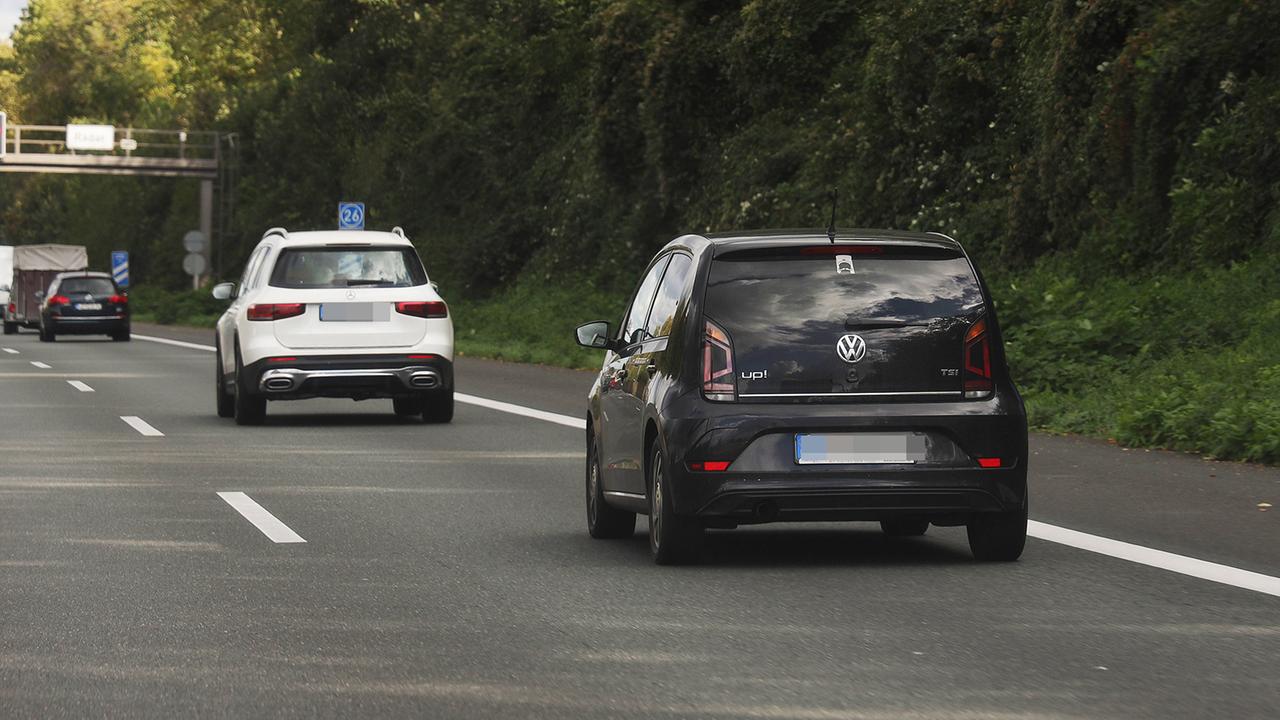background
Small cars are popular, but are being produced in fewer and fewer numbers. One reason from the car manufacturer's point of view: environmental protection requirements. Experts warn of a “supply vacuum”.
Dominique Klein maneuvers her company car through the narrow streets in the small Moselle village of Veldenz in Rhineland-Palatinate. Not an easy task for an employee of an outpatient care service. This is partly due to the many bottlenecks on their three-hour tour – and partly due to the new car: a VW Polo. The nursing service used to use a smaller model, a VW Up. “The length makes a difference with a polo,” says Klein. “You have to be more careful, for example when parking and in the narrow streets.”
VW stopped production of the Up at the end of 2023. When the nursing service on the Moselle had to buy new cars, the only option was the larger Polo version. But it is not only around half a meter longer than the Up, but also costs 6,000 euros more. An electric model is even more expensive and therefore not affordable, says Nina Benz, head of the nursing service in Veldenz. A difficult situation, not just for nursing services. What's going on in the automotive market?
“Supply vacuum”. small car models
Many manufacturers have now stopped producing small cars. “More and more models in this segment are being phased out, not only at VW, but also at Ford, for example,” says Helena Wisbert, professor of automotive economics at the Ostfalia University of Applied Science.
A crucial reason is political requirements. Because cars will be allowed to emit less and less C02 in the coming years, as stipulated by the so-called fleet limits within the EU. However, changing the technology, for example installing better filter systems against soot and particulate matter in diesel cars, is unprofitable for small cars from the manufacturer's point of view. “It is no longer economical to produce these smaller cars because higher requirements and environmental standards have added a new cost,” says automotive expert Wisbert. And these costs cannot simply be passed on one-to-one, especially with small models. The result: “A supply vacuum develops.”
Demand and prices remain high
The ADAC also reports this in an analysis of the decline in small cars: “Even achieving the current Euro 6 emissions standards for these models would have involved high development costs that would not have been amortized through sales,” writes the traffic club. The increasingly strict requirements for pollutant emissions will probably also have consequences in the future: “The Euro 7 standard due in mid-2025 is likely to mean the end for further models.”
So small cars are becoming increasingly unprofitable – but also unpopular? Not at all, reports Heiko Schmitt, a car dealer from Kirschweiler in the Hunsrück – quite the opposite: “A used small car is usually not even here in the yard for a week,” says the dealer. He sometimes sells the small models as far away as Saxony, around 500 kilometers away. Demand is enormous – and, according to the ADAC, this is also reflected in the prices: in 2023, a small car with a combustion engine cost an average of around 20,500 euros. That is around 2,000 euros more than last year and 7,000 euros more than five years ago.
Cheaper electric cars not yet on the market
On the one hand, the increasingly cleaner cars obviously make sense, says Stefan Bratzel, Director of the Center of Automotive Management, in an interview with SWR. On the other hand: “The consequences have to be weighed against ever higher prices and affordability if certain social groups can no longer afford a vehicle – and can no longer easily get to their workplace.”
Will everything get better with the increasing number of electric cars? No new combustion engines will be allowed to be registered in the EU until 2035 at the latest. Expert Wisbert expects that car manufacturers from China in particular will push even harder into the segment of comparatively cheap, smaller electric cars. Some already have corresponding models in their portfolio. “Manufacturers like BYD are particularly aggressive in the price war,” says Wisbert.
In Europe, for example, Renault and VW want to bring electric cars onto the market for around 25,000 euros. But finding cheaper electric vehicles remains difficult. According to the ADAC, many manufacturers have so far pursued a “high-price strategy” – including with electric models. For the time being, anyone looking for an affordable small car, regardless of the drive, will often fall by the wayside.




